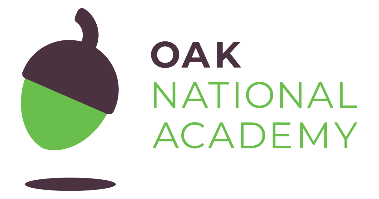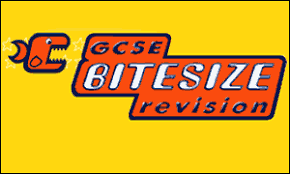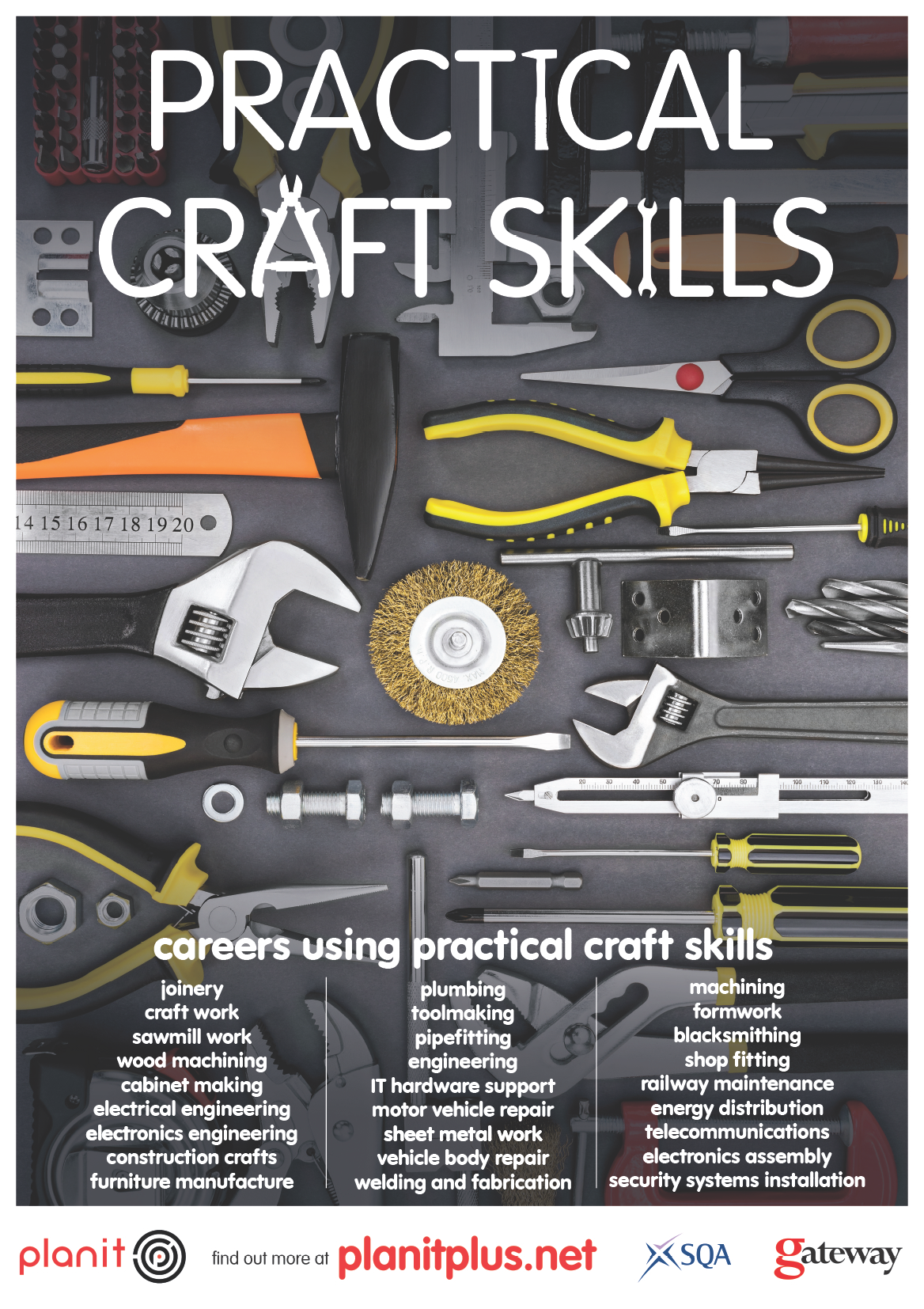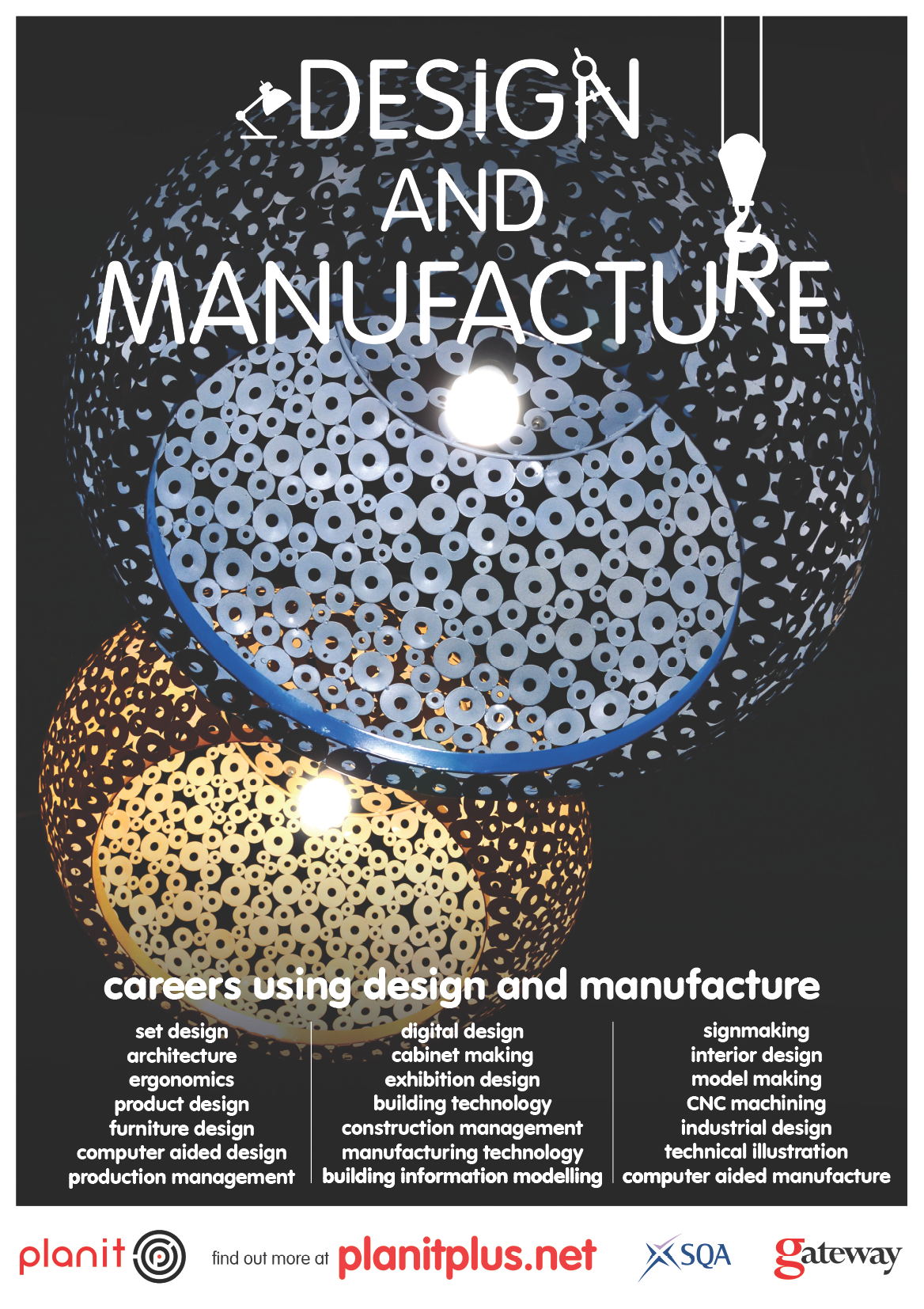Product Design
Curriculum Vision
"Design is not just what it looks like and feels like. Design is how it works." Steve Jobs
We believe that Design and Technology provides a unique opportunity to create confident, innovative thinkers, who are imaginative, resourceful and independent. We use the design and make process in order to develop critical thinking skills within our pupils, demonstrating a high level of technical knowledge, in addition to creating high quality products. We want them to be able to use research, the work of designers, and their knowledge of materials to influence their ability to design and make successful products, which serve a specific purpose within a modern and diverse society.
Innovation is achieved through:
- Our design and technology curriculum is designed to give pupils the opportunity to develop, refine and apply a range of practical skills, in order to become innovative product designers.
- Alongside this, we ensure pupils have the opportunity to link their decision making to technical learning, ensuring they have a secure understanding of processes, in addition to a high-quality final outcome.
Careful sequencing ensures pupils have the opportunity to revisit knowledge and skills in a cyclical structure, increasing complexity and ensuring that pupils can see how old leaning has a relationship with new learning, enabling them to make connections and embed information more successfully.
All learning is based upon the ‘research, design, make and evaluate model’. Students will develop knowledge and learn how to design and make a product which meets the requirements of a set brief. They will conduct research of existing work from a broad range of designers, both modern and historical, identifying key features of this in terms of its form and function. They will go on to develop their own design ideas using a range of design strategies, applying technical knowledge from research and being able to fully justify how it meets the specification through effective verbal and written communication. Students will have the opportunity to critically evaluate designs and further develop them, going on to demonstrate a range of skills to produce a high-quality product. We will develop the core skills within the subject, and experiment with a range of materials, identifying the key properties in terms of their function and environmental suitability.
"Product Design provides the opportunity to experiment with tools and materials to enable me to become more creative. I enjoy problem solving and looking for solutions to design issues, creating successful products that are fit for purpose." Year 11 pupil
Curriculum overview
|
|
Half-term 1 (Autumn) |
Half-term 2 (Autumn) |
Half-term 3 (Spring) |
Half-term 4 (Spring) |
Half-term 5 (Summer) |
Half-term 6 (Summer) |
|
Year 7 |
Rules and Regulations when Using New Tools and Machinery |
Designers and Existing Products Analysis Initial Idea Development: |
Experimentation Using the Coping Saw Scroll Saw
|
Designers and introduction to desk tidy brief Design and development of project |
Practical experimentation using a range of materials MDF, Ply and Pine |
Personal Response to Design Decisions and Final Outcome
|
|
Year 8 |
Rules & Regulations When Using New Tools & Machinery |
Designer’s introduction to Brief. Design movements |
Oblique, Isometric Drawing, one point perspective & Tonal Shading Techniques |
Refining Design Ideas Create - Experimentation Using Tennon Saw, Pillar drill, Scroll Saw and Belt Sander
|
Practical experimentation Using MDF, Pine and Ply. Metalwork. |
Personal Response to Design Decisions & Final Outcome |
|
Year 9
|
Health & Safety: Rules and Regulation. Introduction to Lantern Project |
Designers and Existing Products: Drawing and shading techniques. |
Practical Experimentation. Joining methods. Mitre and half lap. |
Practical: Line Bending, Acyclic, MDF and Plywood. Joining methods
|
Applying finishes e.g.: Varnish/ Wood Stain. |
Personal Response to Design Decisions & Final Outcome |
|
Year 10 |
Independent Research Architecture |
Initial Design Ideas Inspired by research |
Refinement of Designs
|
Refinement of Experimentation Model Making |
Independent Research Final Design |
Development of Final Design Final Prototype |
|
Year 11 |
Refinement of Experimentation
|
Refinement of Experimentation
|
Manufacturing Final outcome
|
Manufacturing Final outcome
|
Exam Preparation |
Exam |
Curriculum accreditation
Key Stage 4 Graphics students follow the AQA GCSE Art and Design specification.
The full AQA GCSE Art & Design specification can be downloaded at the bottom of this page.






